- No.609, Centre Of Huijin Nanxiang, Yinxiang Road, Nanxiang Town, Jiading District, Shanghai, China
- sherry@sanmachines.com
- +86-18616767021
Which materials can be used for laser cleaning?
The most common application of laser cleaning is the cleaning of metal parts. But other materials are suitable as well. A word of explanation.
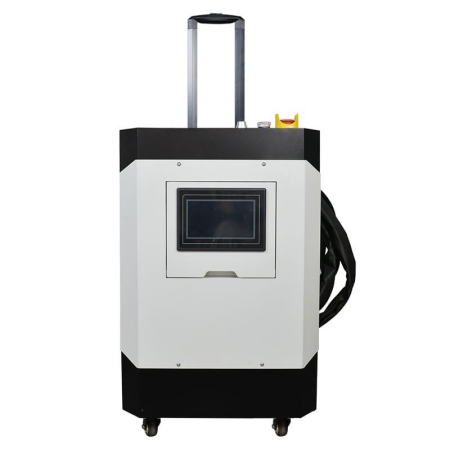
Like you may have read on one of our other pages, the contaminated layer (rust, paint, dirt, …) gets very hot and starts to evaporate with laser cleaning. A laser beam usually behaves just the same as a normal light beam. This means that it’s more difficult for reflective or white surfaces to heat up than it is for dark surfaces. They reflect most of the light, while a dark surface absorbs the energy of the light beam and doesn’t reflect it as much. The absorption of this energy causes the heating.
Most of the contaminated layers are luckily rather dark and not reflective. Think of rust, old coatings, old paint layers, etc. So these will absorb the energy of the laser beam, heat up very strongly and eventually evaporate. That’s why it’s difficult to remove a reflective or white layer with laser cleaning.
Until now it didn’t really matter what kind of material was under the pollution. The laser beam hasn’t gone through the pollution yet anyway. But once that layer is gone, how does the laser beam know by itself that no material of the underlying part should be removed? Obviously, it doesn’t know that.
There are two effects that make sure the underlying layer doesn’t get affected. First of all, the laser beam doesn’t work on a reflective surface. There is no heating when the beam gets reflected. That’s why metal parts are very suitable, because bare metal usually reflects really well and as a result, won’t start heating. Secondly, most underlying layers have a higher “evaporation temperature” (=ablation temperature) than the contaminated layer. This means that they will only start evaporating at a much higher temperature. So when the laser beam gets through the pollution, it will partly reflect on the underlying layer and on the other hand, limited heating of the underlying layer won’t remove the material.
Based on everything mentioned above, we are now able to decide which materials are suitable for laser cleaning. In short: every material that isn’t too dark and that can stand a little bit of heat. This gives us the following list:
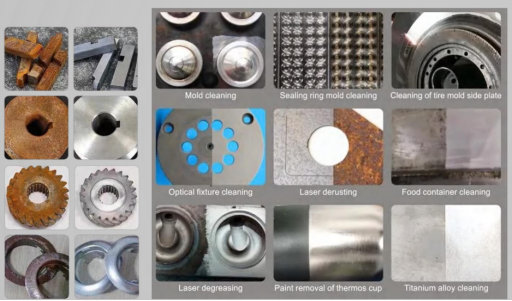
· Steel
· Inox
· Cast iron
· Aluminum
· Wood
· Plastics
· Composits
· Stone
· Some types of glass
· Chrome coatings
…
Last but not least: in some applications it isn’t so bad that a part of the material from the underlying layer gets removed. In that case, you can also use laser cleaning for dark and non-reflective surfaces.
Related product links


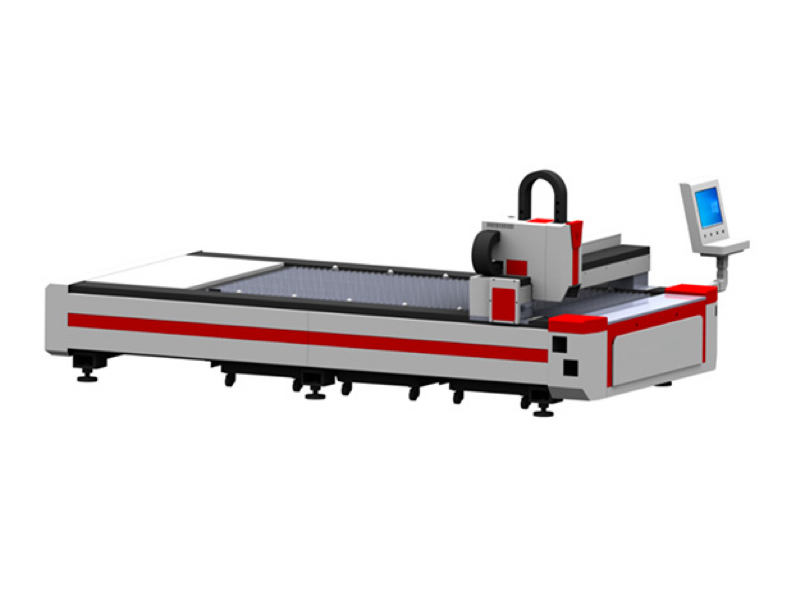
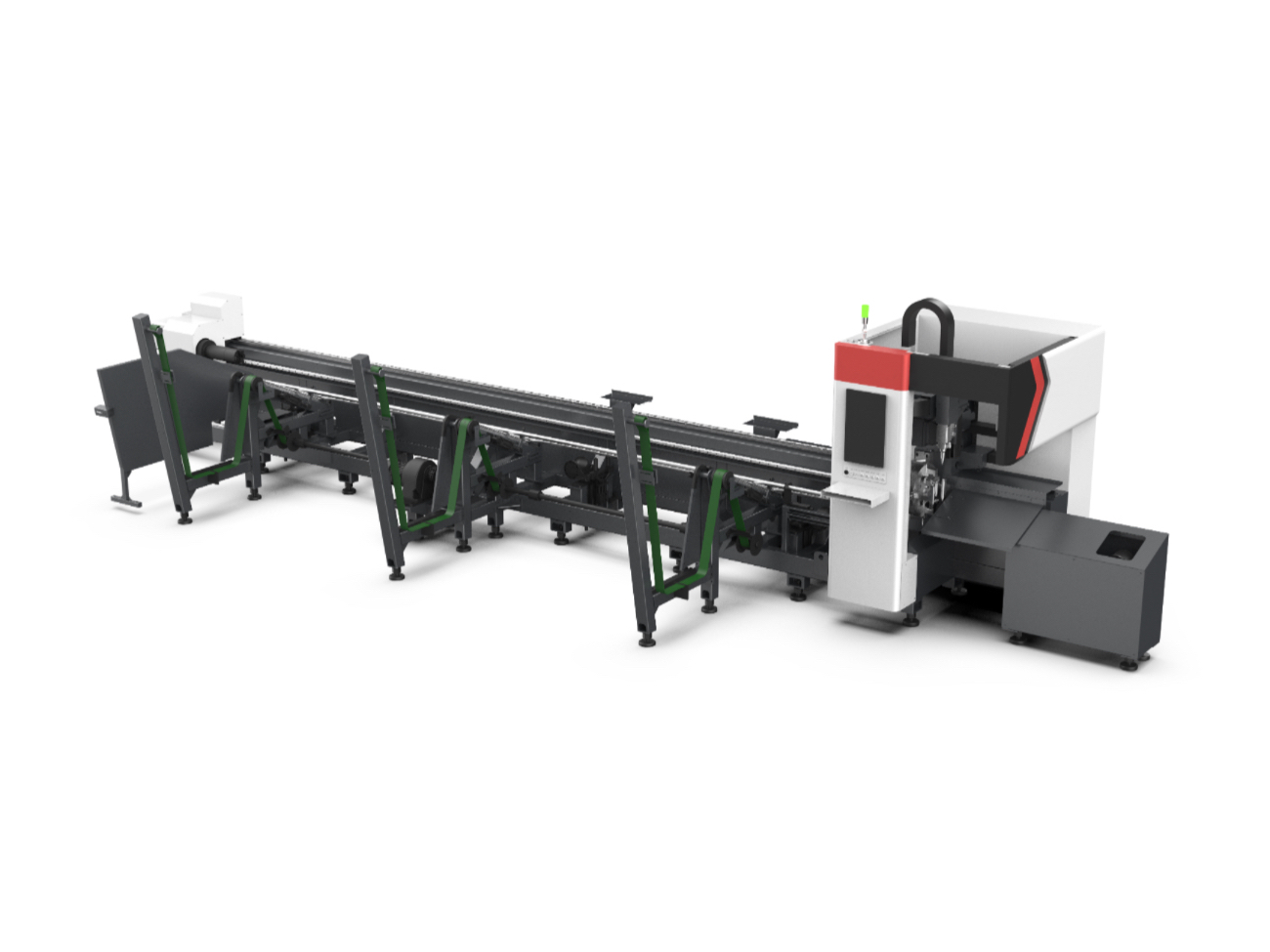
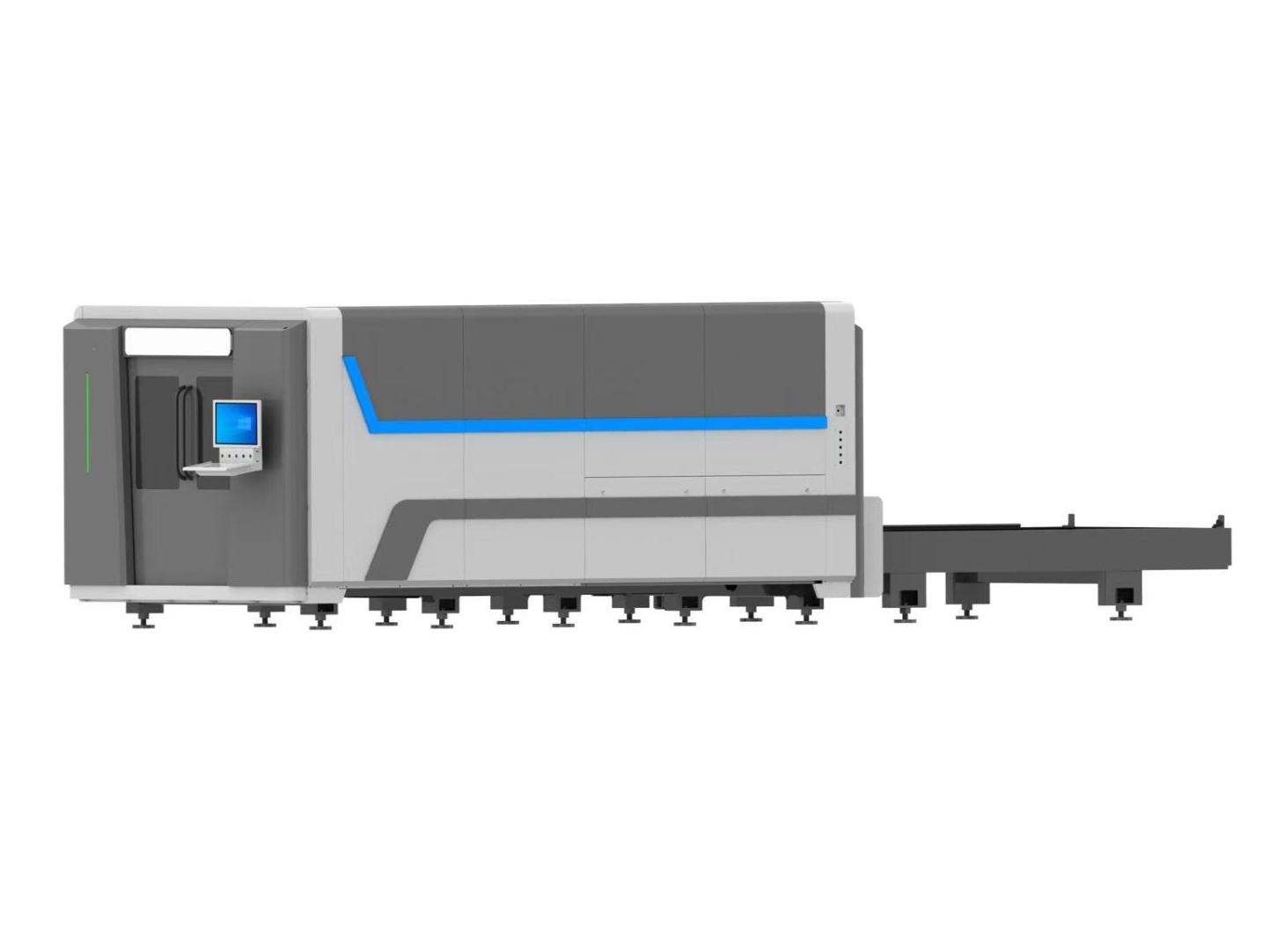

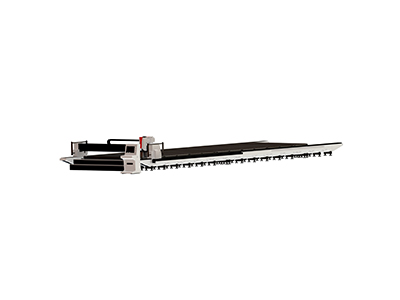
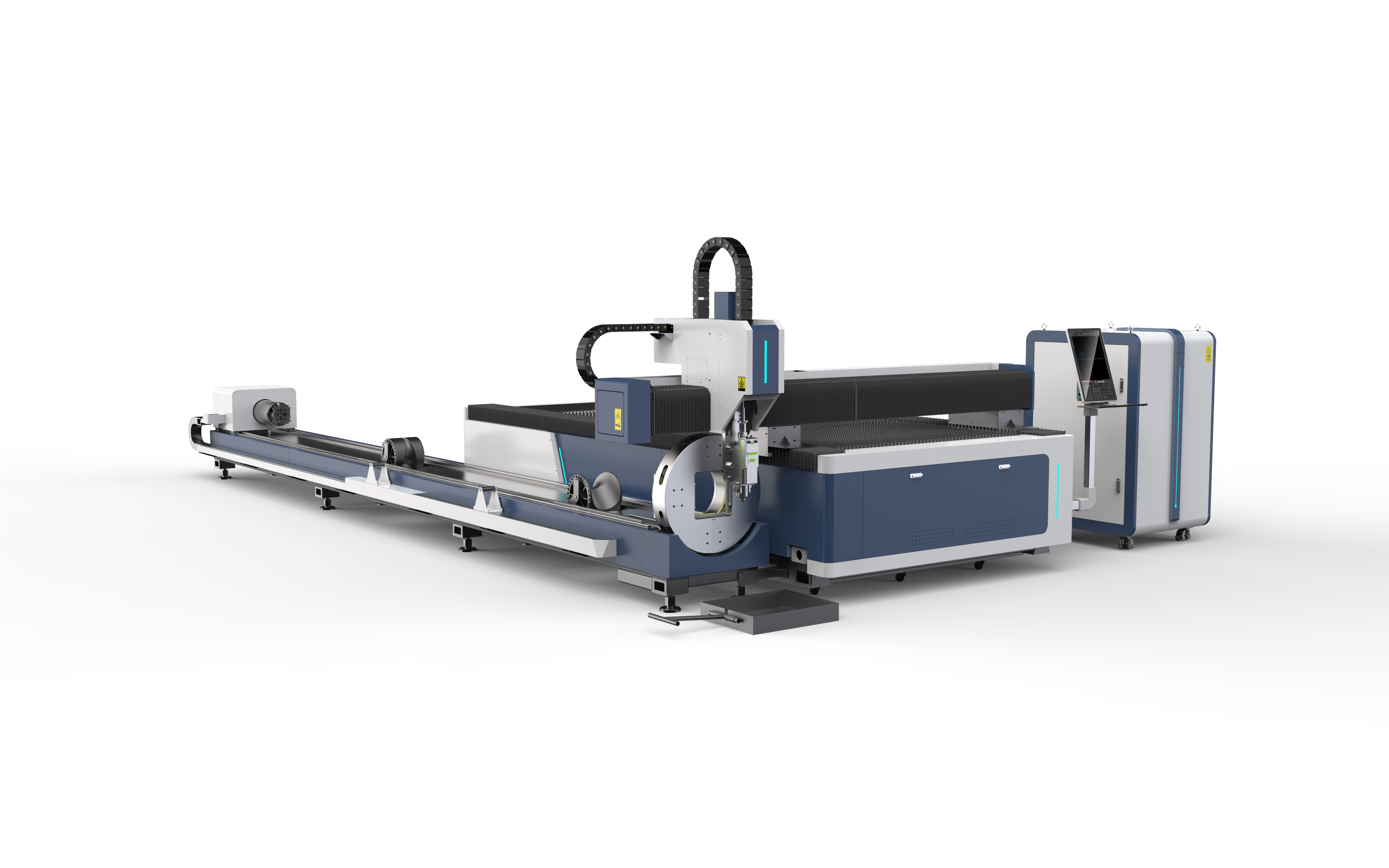
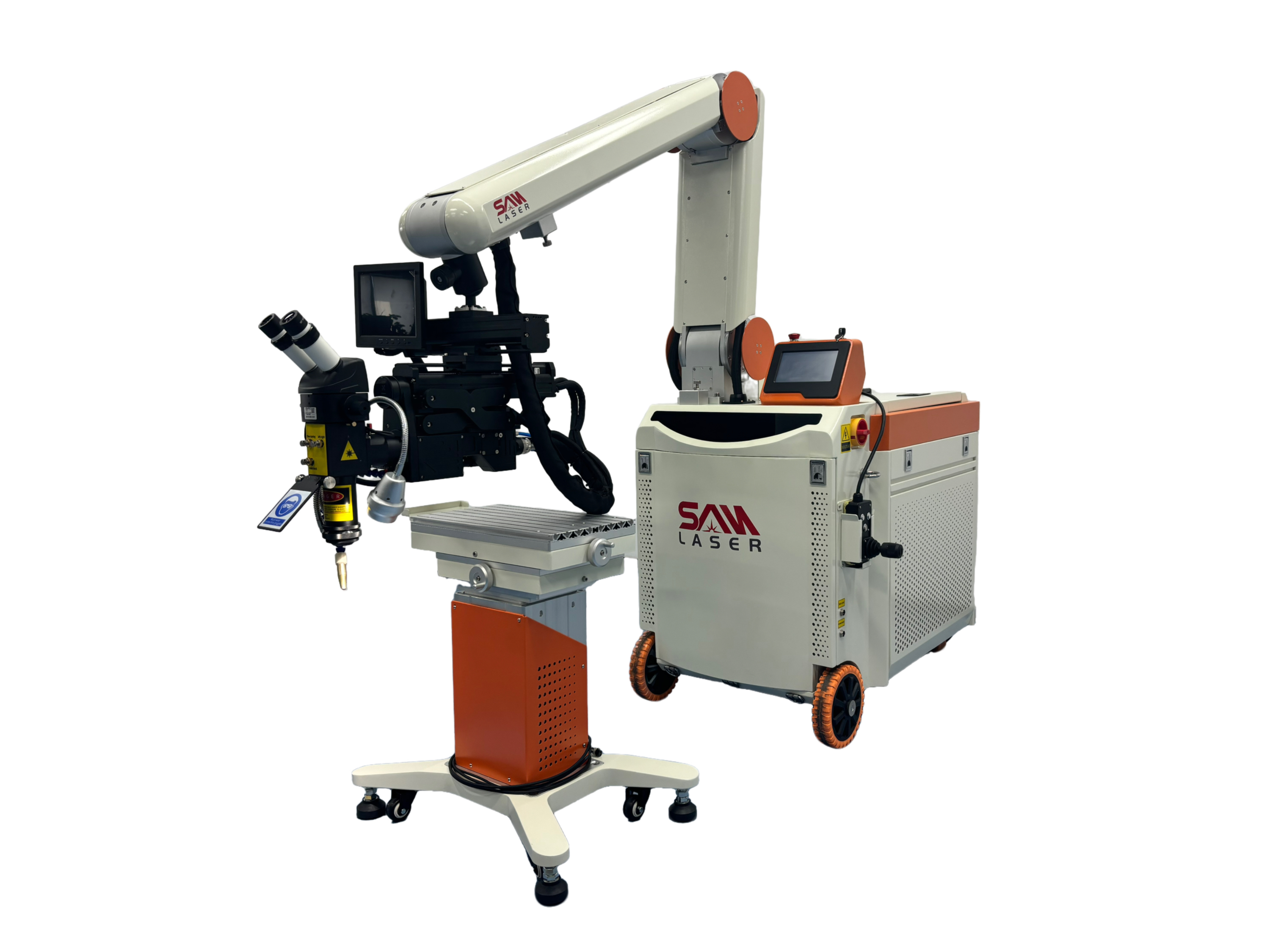
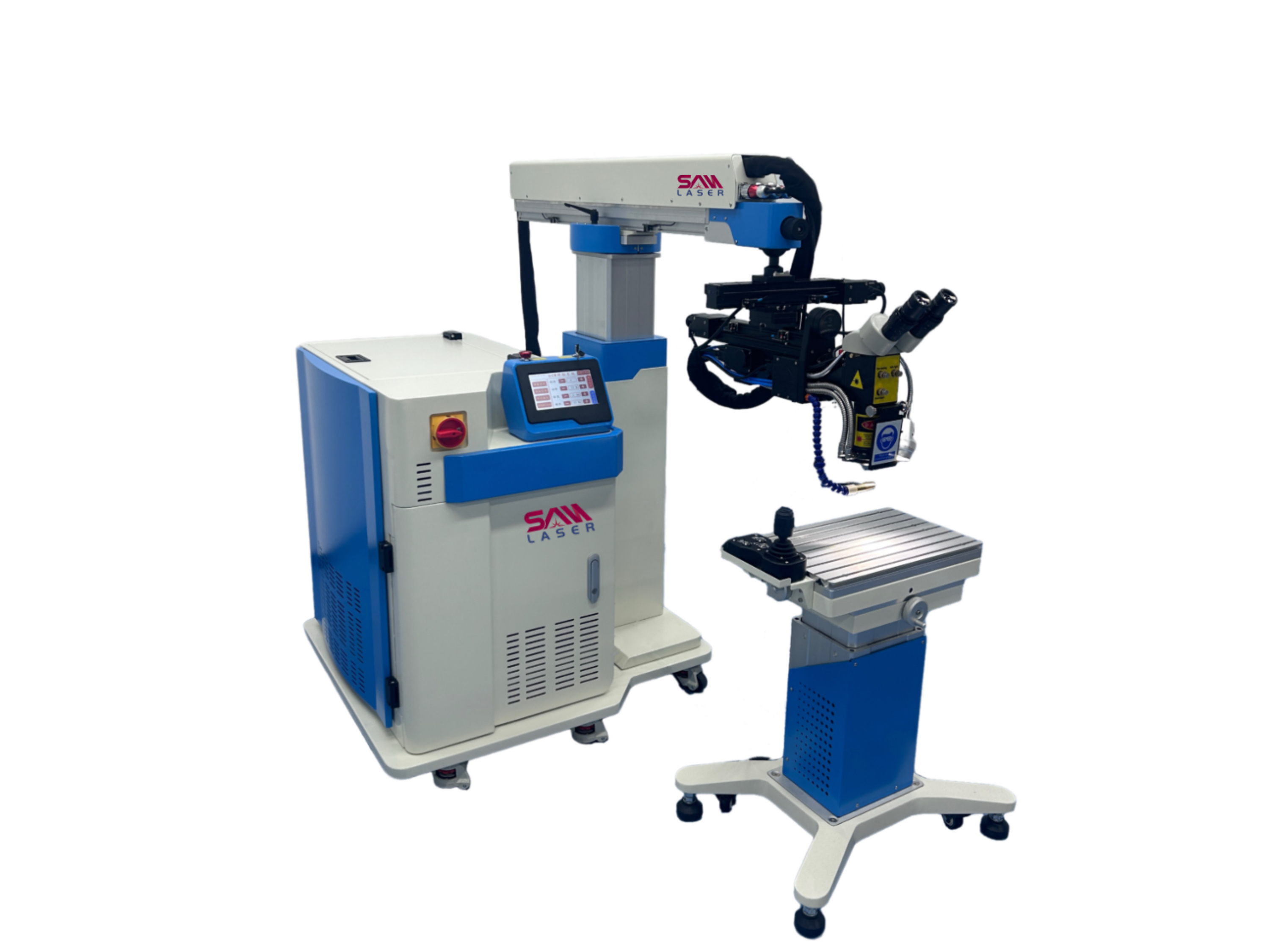
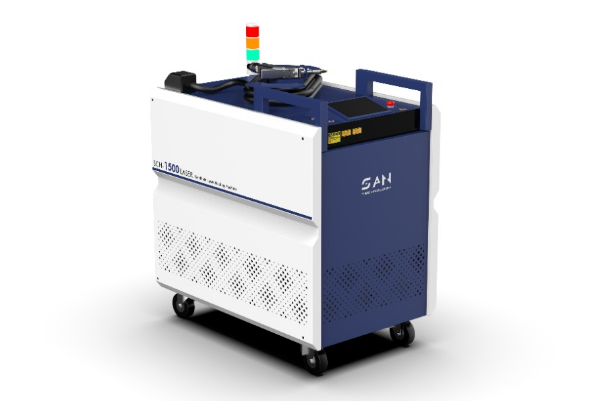
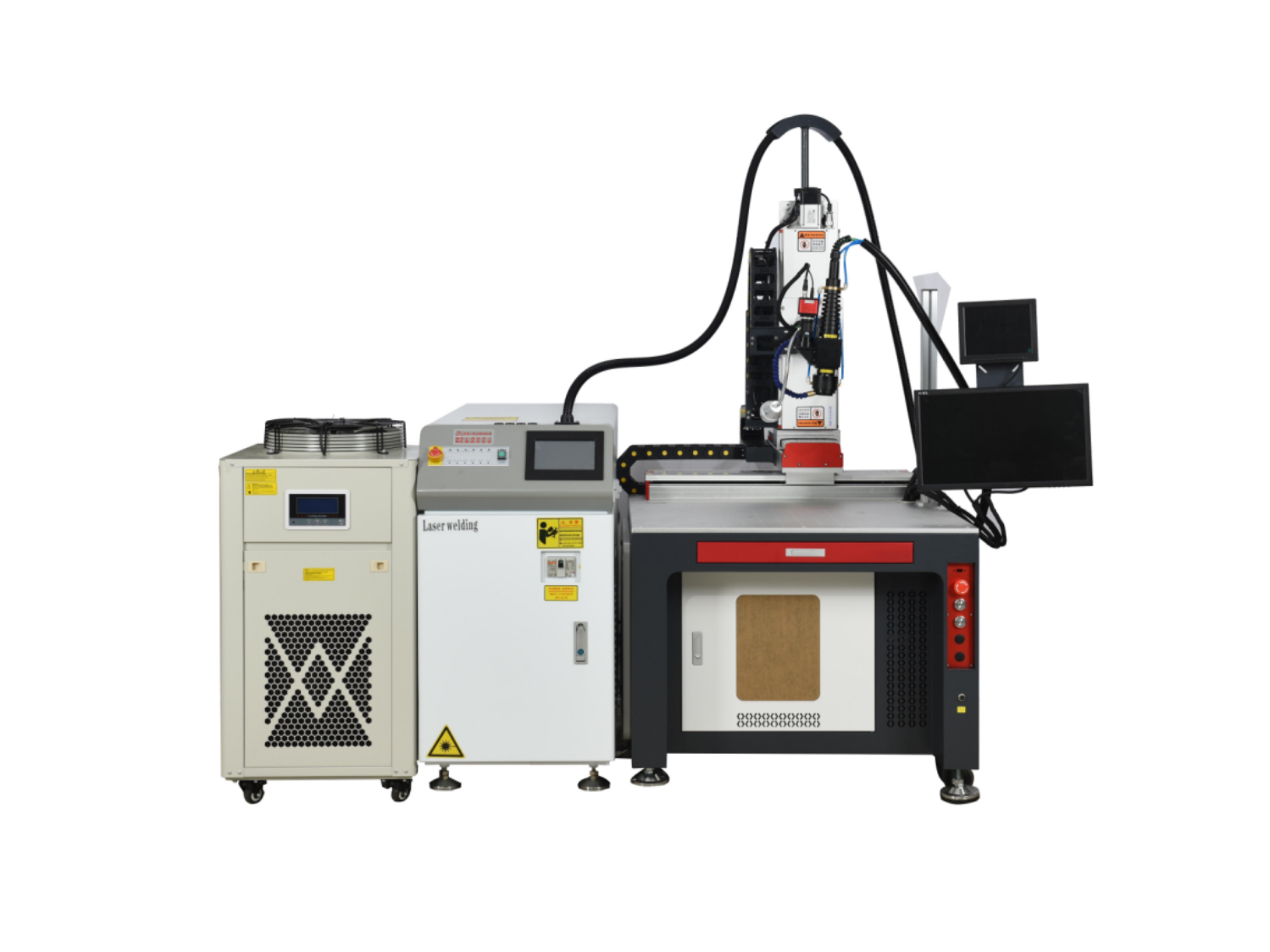
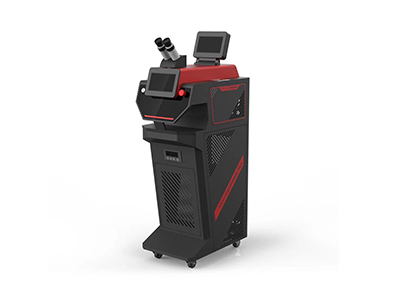
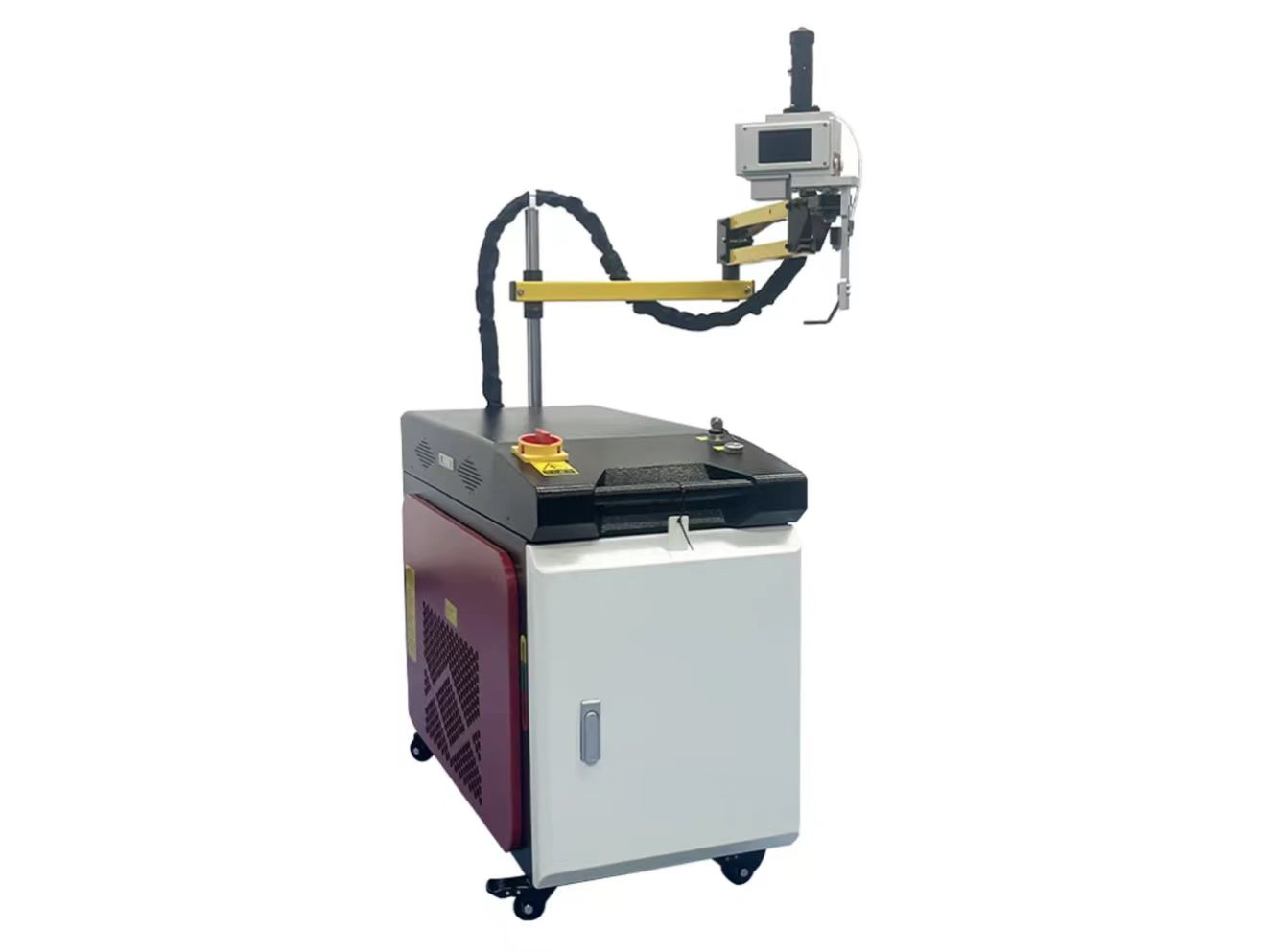
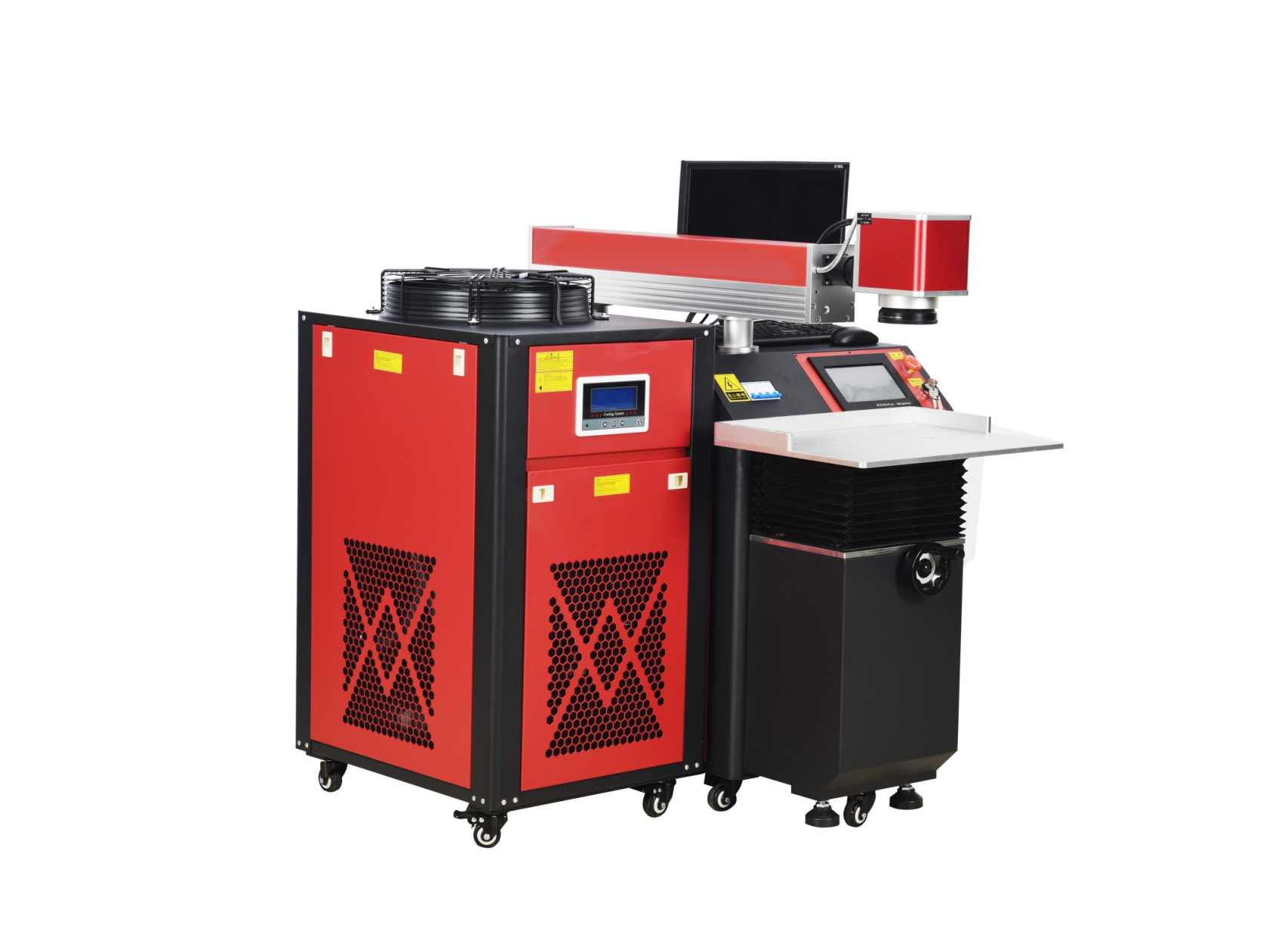
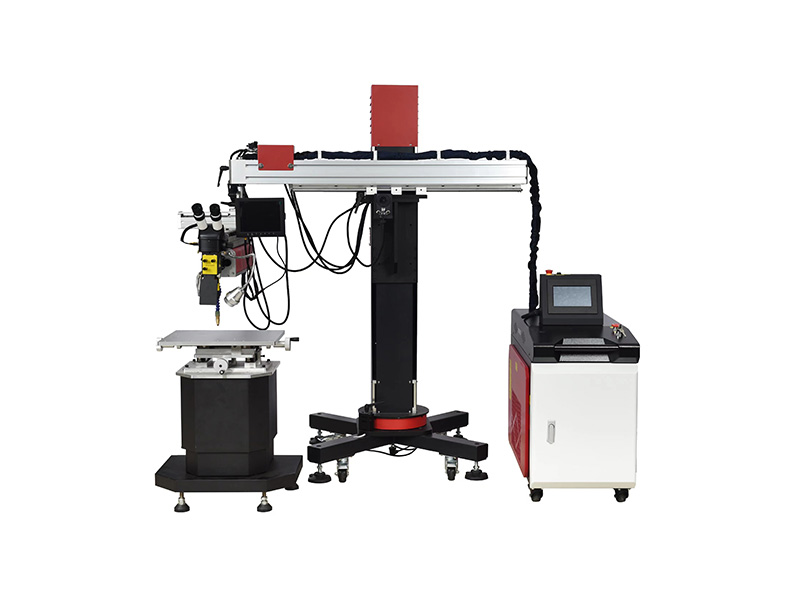
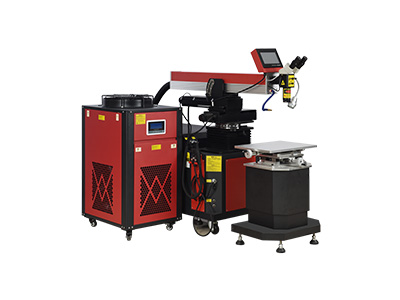

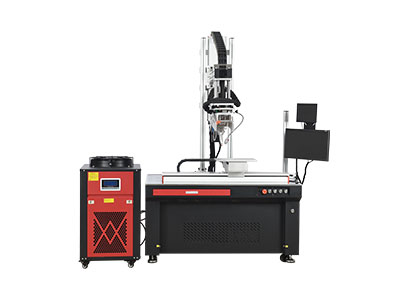
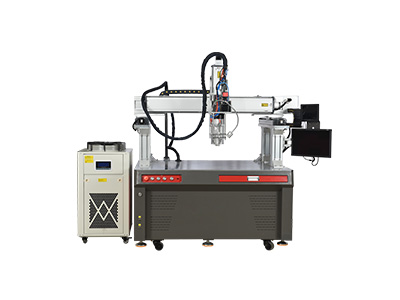
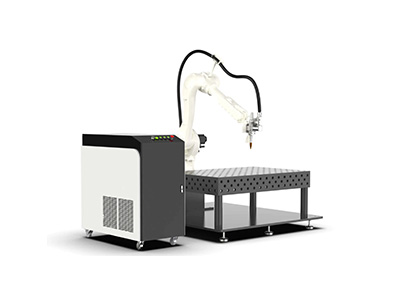
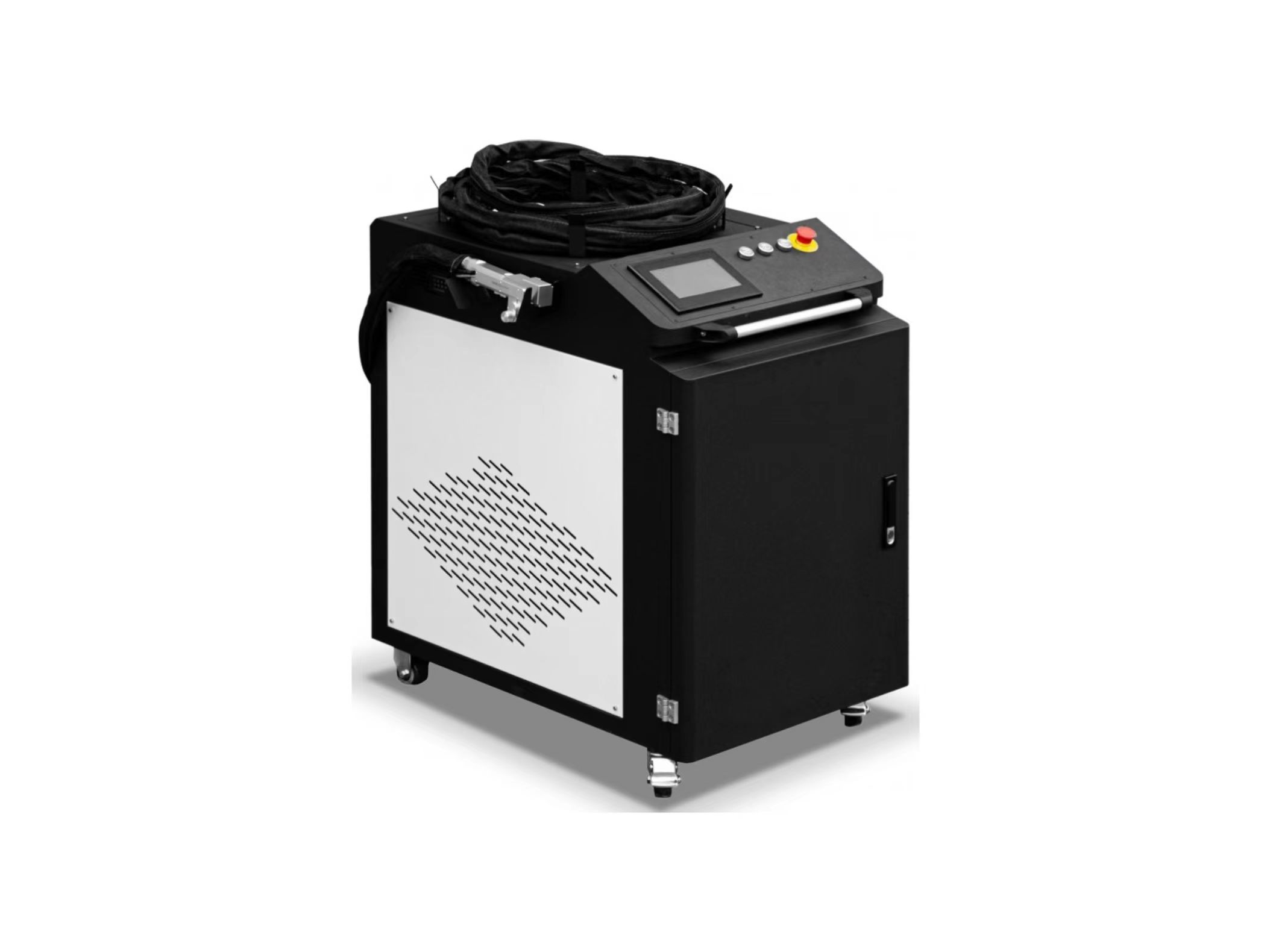
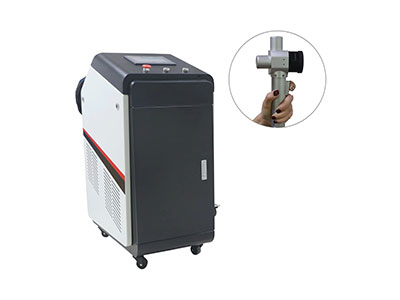
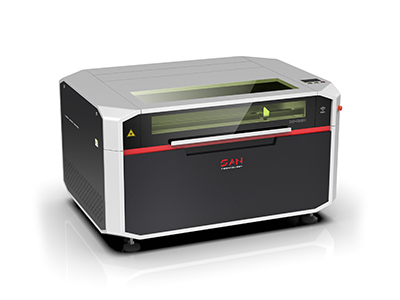
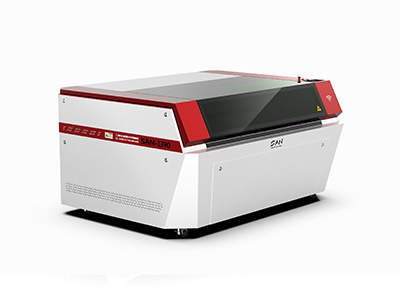
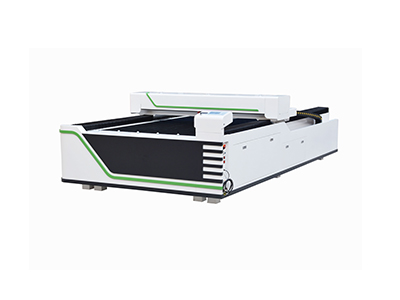
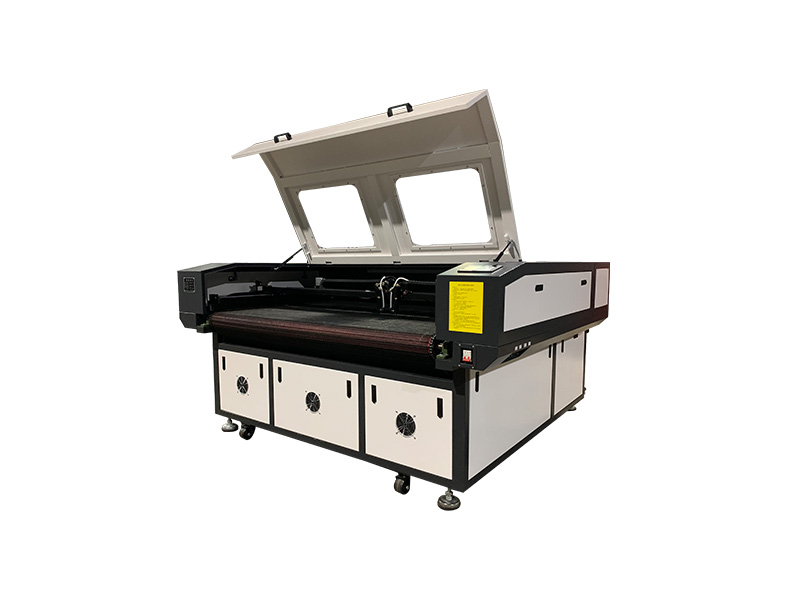
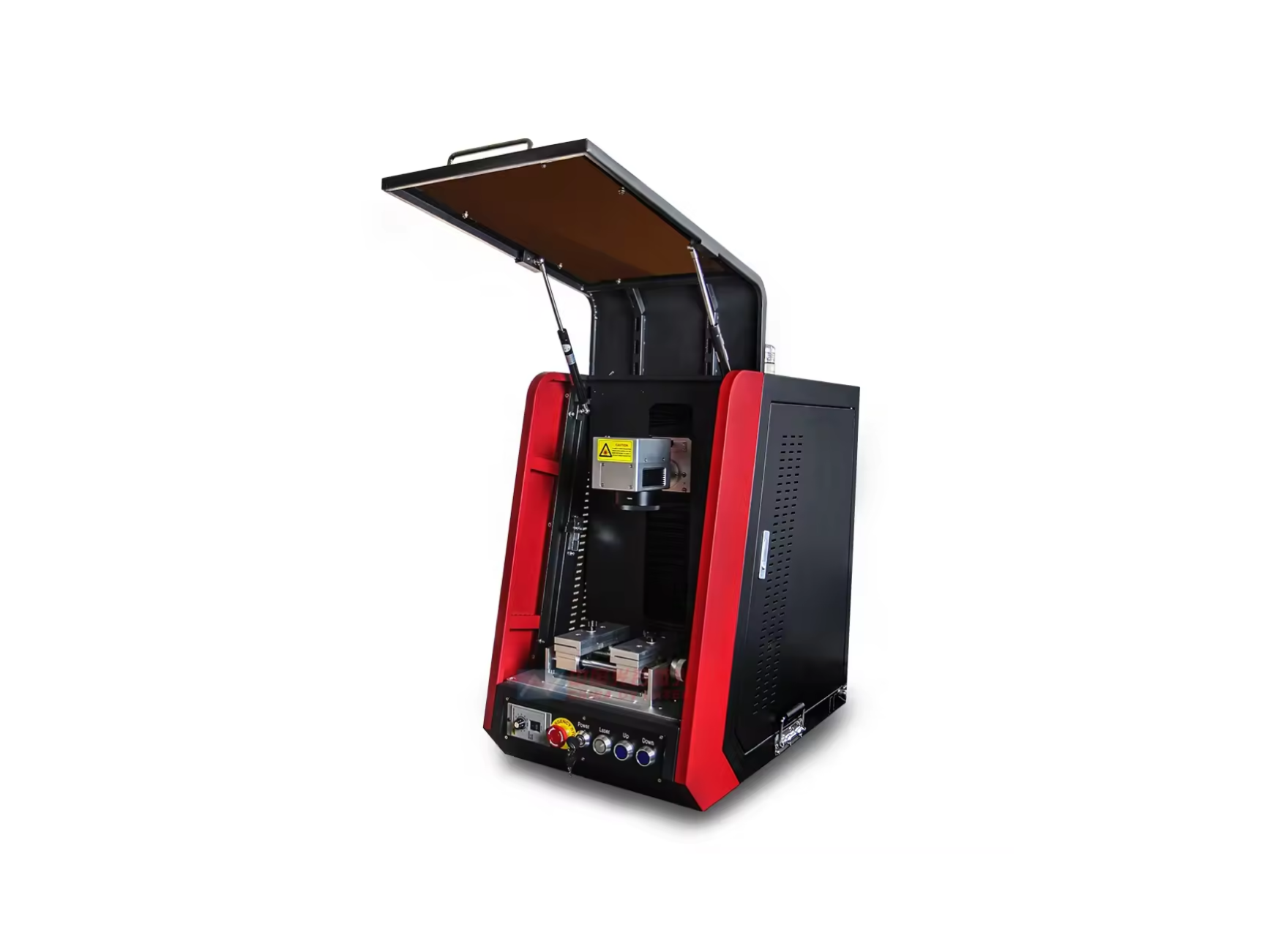
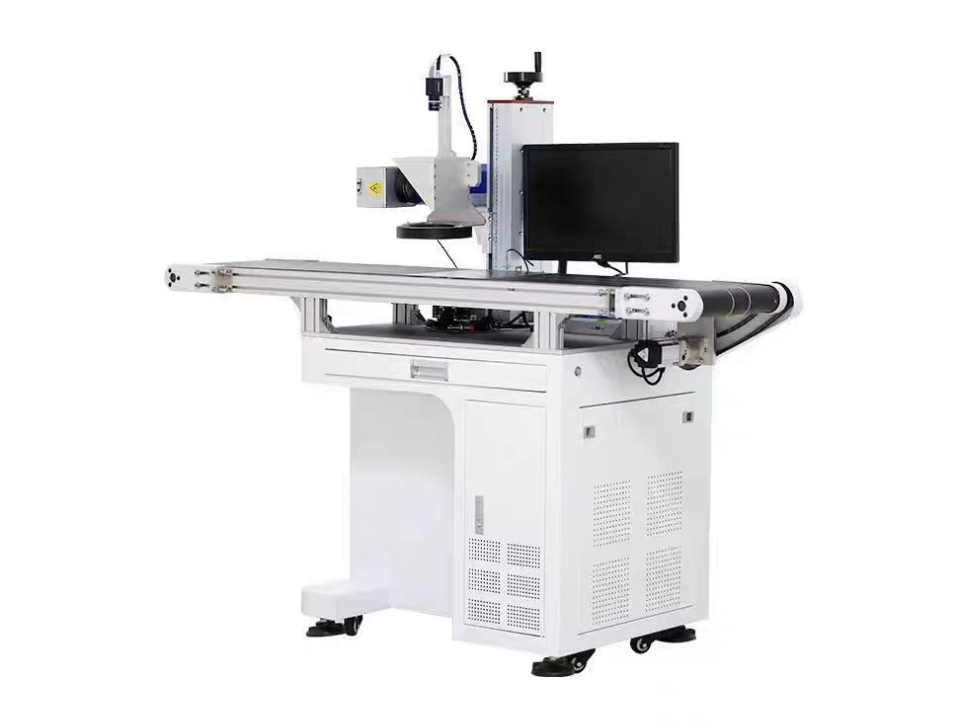
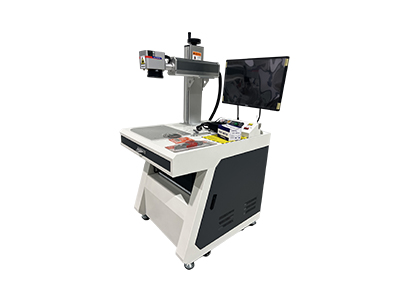
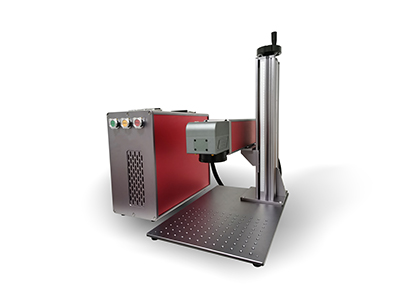
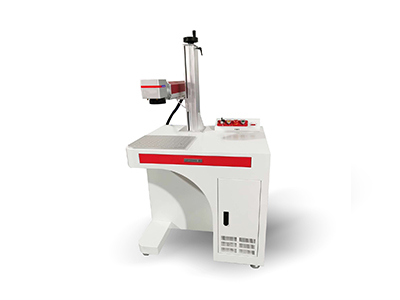
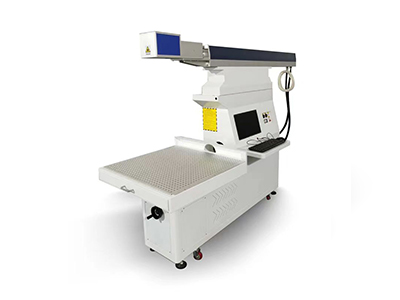
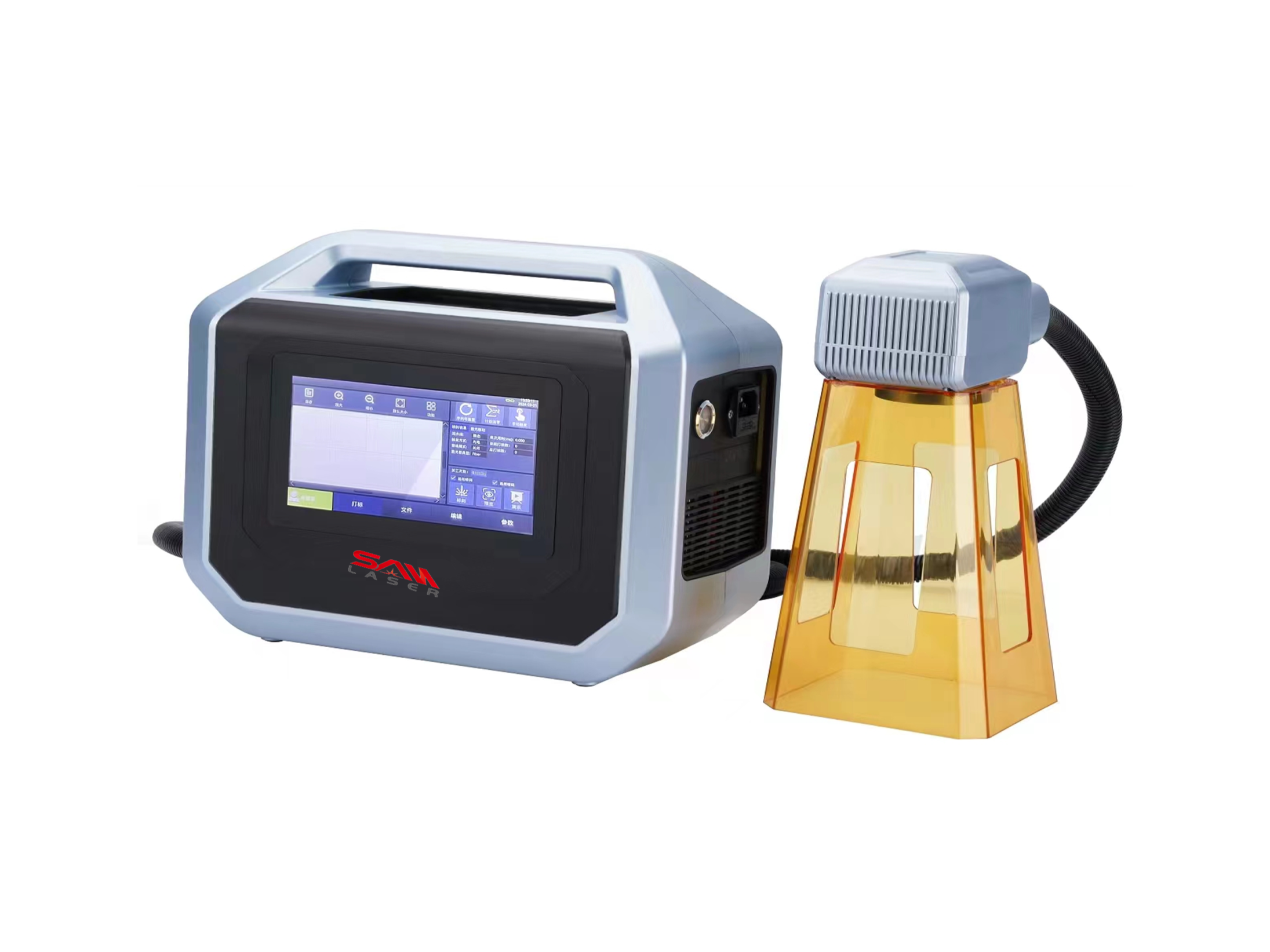
 Welder News
Welder News




